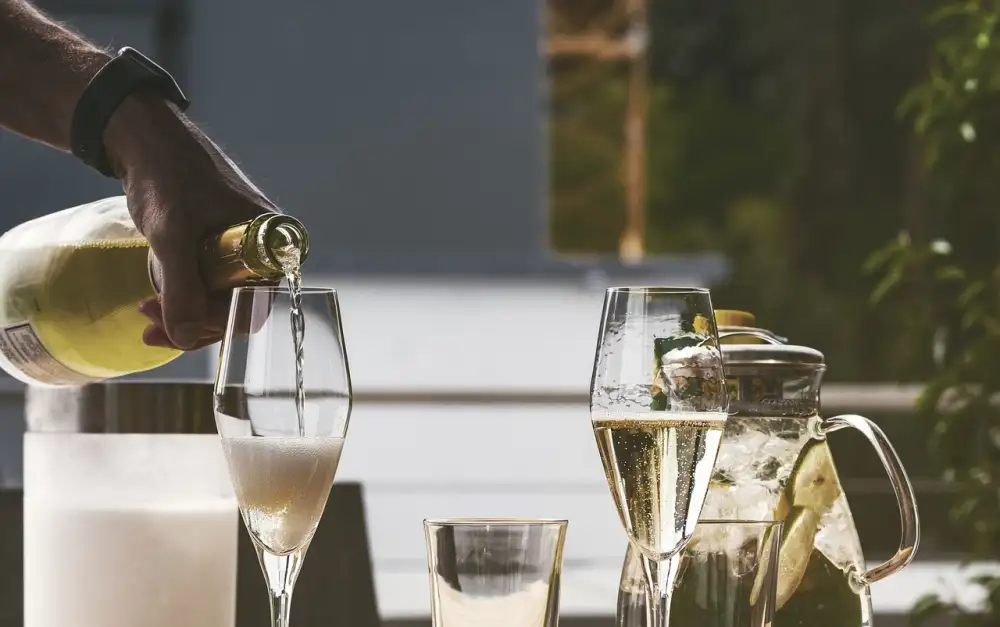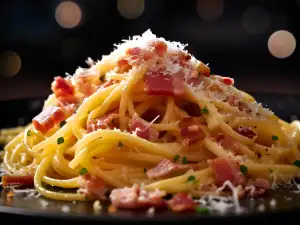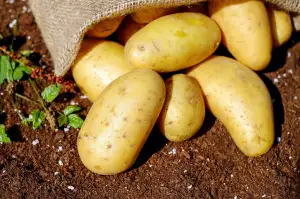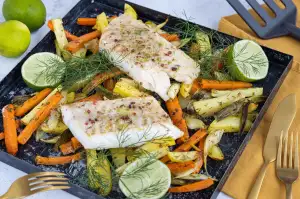Uncorking the Truth: Does Champagne Go Bad? Your Guide to Champagne Shelf Life

Champagne, the epitome of celebration and luxury, is a sparkling wine that can elevate any occasion. However, like all wines, champagne has a limited shelf life. Understanding how long champagne lasts and the factors that influence its longevity is essential for ensuring you enjoy this effervescent drink at its best. In this guide, we will explore the shelf life of champagne, signs of spoilage to watch out for, proper storage techniques, and recommended timelines for consuming champagne to savor its optimal taste. Let's uncork the truth about whether champagne can go bad.
Factors Affecting Champagne's Longevity
Factors affecting Champagne's longevity include storage conditions, bottle type, and the quality of the Champagne itself. Light, temperature fluctuations, and humidity can all impact the taste and aroma of Champagne over time. Additionally, the type of closure used (cork or metal cap) can affect how well the Champagne ages. High-quality Champagnes with a higher level of acidity and lower sugar content tend to age better than those with lower acidity and higher sugar levels. It is essential to consider these factors when determining how long a bottle of Champagne will last in optimal condition.
Signs of Spoiled Champagne
Signs of Spoiled Champagne can be easily detected by observing changes in its appearance, aroma, and taste. If the cork is pushed out slightly or there are visible bubbles escaping when opened, it may indicate that the Champagne has gone bad. Additionally, a change in color from bright to dull or cloudy could suggest spoilage. Foul odors like a musty or rotten smell are also red flags. When tasting, if the Champagne lacks effervescence, tastes flat, or has a sharp vinegar-like flavor, it is likely spoiled and should not be consumed.
Proper Storage Tips for Preserving Champagne
1. Store champagne bottles horizontally in a cool, dark place to keep the cork moist and prevent air from entering.
2. Maintain a consistent temperature of around 45-55°F (7-13°C) to slow down the aging process.
3. Avoid storing champagne in the refrigerator for extended periods as the vibration and light exposure can affect its quality.
4. Keep champagne away from strong odors as it can absorb smells through the cork.
5. Once opened, reseal tightly with a champagne stopper and store in the refrigerator for up to 3 days to maintain its effervescence.
Following these storage tips will help preserve the quality and flavor of your champagne for longer periods, ensuring a delightful drinking experience every time you uncork a bottle.
Recommended Consumption Timeline for Optimal Taste
When it comes to enjoying champagne at its best, timing is key. Champagne is best consumed within 3-5 years of purchase to savor its optimal taste and effervescence. While some vintage champagnes can age gracefully for longer periods, non-vintage varieties are generally meant for more immediate enjoyment. To experience the vibrant flavors and aromas that define a fine champagne, aim to uncork your bottle within the recommended timeframe. Remember, freshness is key when it comes to indulging in the luxurious experience of champagne tasting.
In conclusion, understanding the shelf life of champagne is crucial for enjoying this exquisite beverage responsibly. By being aware of the factors that affect its longevity and recognizing signs of spoilage, you can ensure that each glass of champagne you savor is of the highest quality. Remember to store your champagne properly in a cool, dark place and follow the recommended consumption timeline for optimal taste. Cheers to celebrating freshness in every sip and raising a glass of perfectly preserved champagne!
Published: 20. 04. 2024
Category: Food



